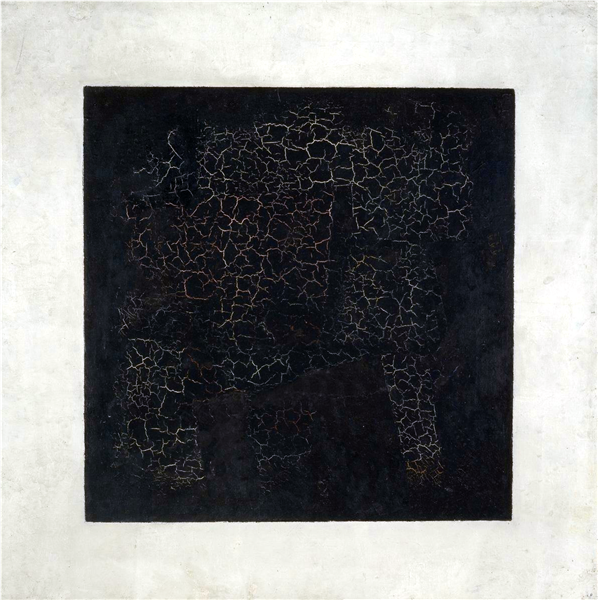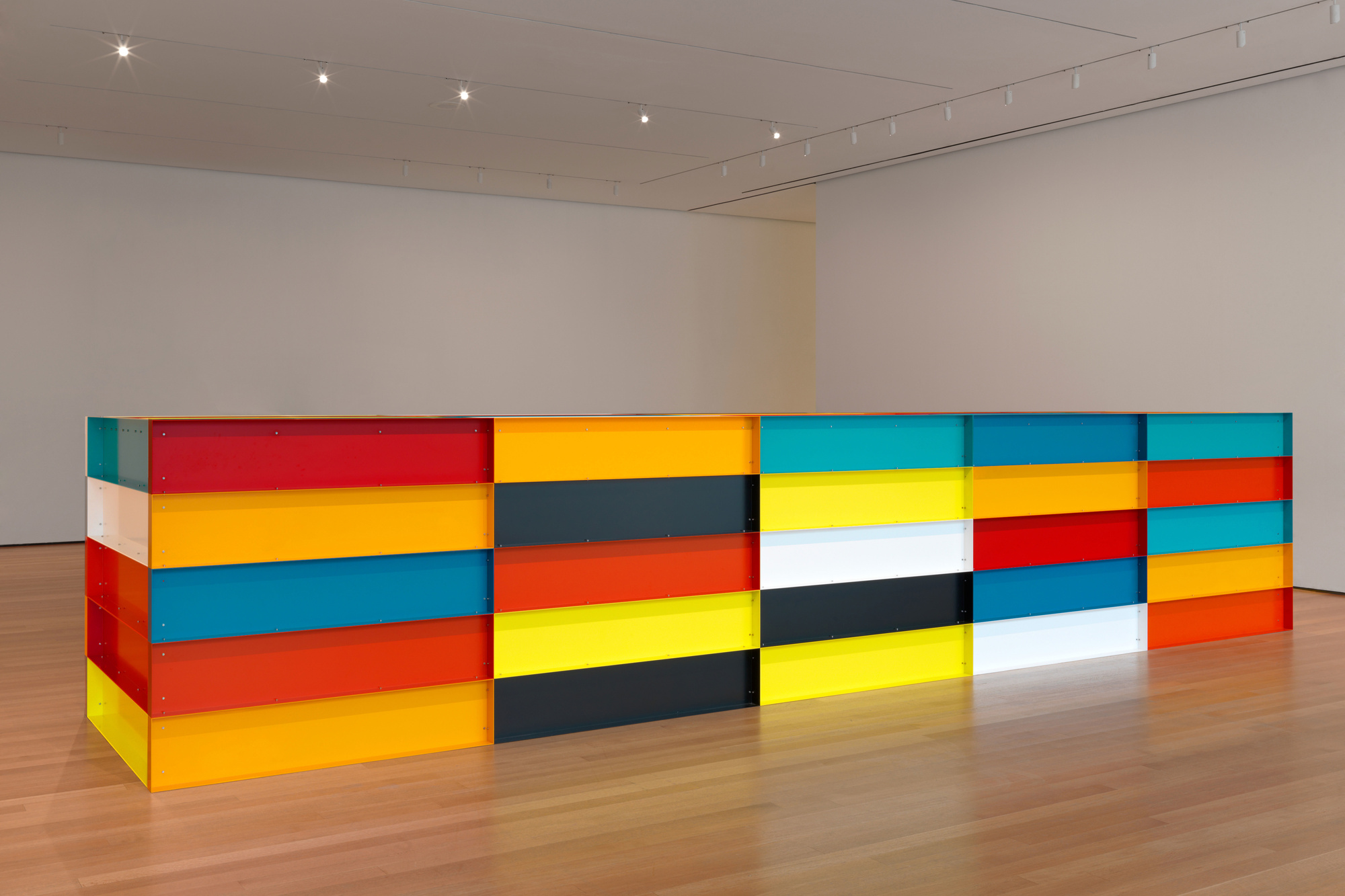Minimalism
MINIMALISM
Art Lovers | 14 January 2020
Written by Emma-Kate Wilson
~
Minimalism is about simplicity, reduction and materiality. The artworks from this school of thought attempt an objective approach in representing the literal; geometric forms or industrial materials become about highlighting that particular moment in time and space.

Wall Drawing #564 by Sol LeWitt
The movement officially began in the 1960s, in New York City, with artists like neon artist Dan Flavin, colour blocking Sol LeWitt, and painter Frank Stella — who famously defined his art with: “what you see is what you see.” However, early origins can be seen in the ready-mades of Marcel Duchamp or Russian Constructivism, such as artworks like Kazimir Malevich’s 1915 Black Square.

Black Square by Kazimir Malevich
But it was almost 50 years later, on the other side of the world that the minimal art movement took hold. The artists of the movement wanted to focus on art having its own reality. Minimalism became the opposite of the “dramatic” art of Abstract Expression, with artists seeking a sleek, geometric aesthetic for a pure visual response.

Harran II by Frank Stella
What was vital for the new movement, and set it apart from previous art theory, was that it wasn’t limited to painting. Minimalism fed into sculpture, performance, and transcended the gallery into the environment.

Untitled by Donald Judd (1991)
Donald Judd, a key artist in the movement, attempted to describe the aesthetics in his 1965 article ‘Specific Objects.’ “The newest thing about it is its broad scale,” Judd describes. “Its materials are somewhat more emphasized than before.” Mary Corse embodies this within her sculptural canvases, fixing glass microbeads —the same used in roads and street signs— to add minimal shimming depth. And geometric shapes take centre stage in Japanese artist Yayoi Kusama simple polka-dots rendered in colour blocking and spherical sculptures.

Yayoi Kusama
Minimalism paved the way for post-modernism and the conceptual pieces of today. The art movement feeds into today’s Interior Design, Architecture, and popular culture, thanks to the documentary, Minimalism: A Documentary About the Important Things. The 1960s and 70s artists who were grappling with the beginnings of capitalist culture is re-represented in the modern generation’s fear of “stuff.”
